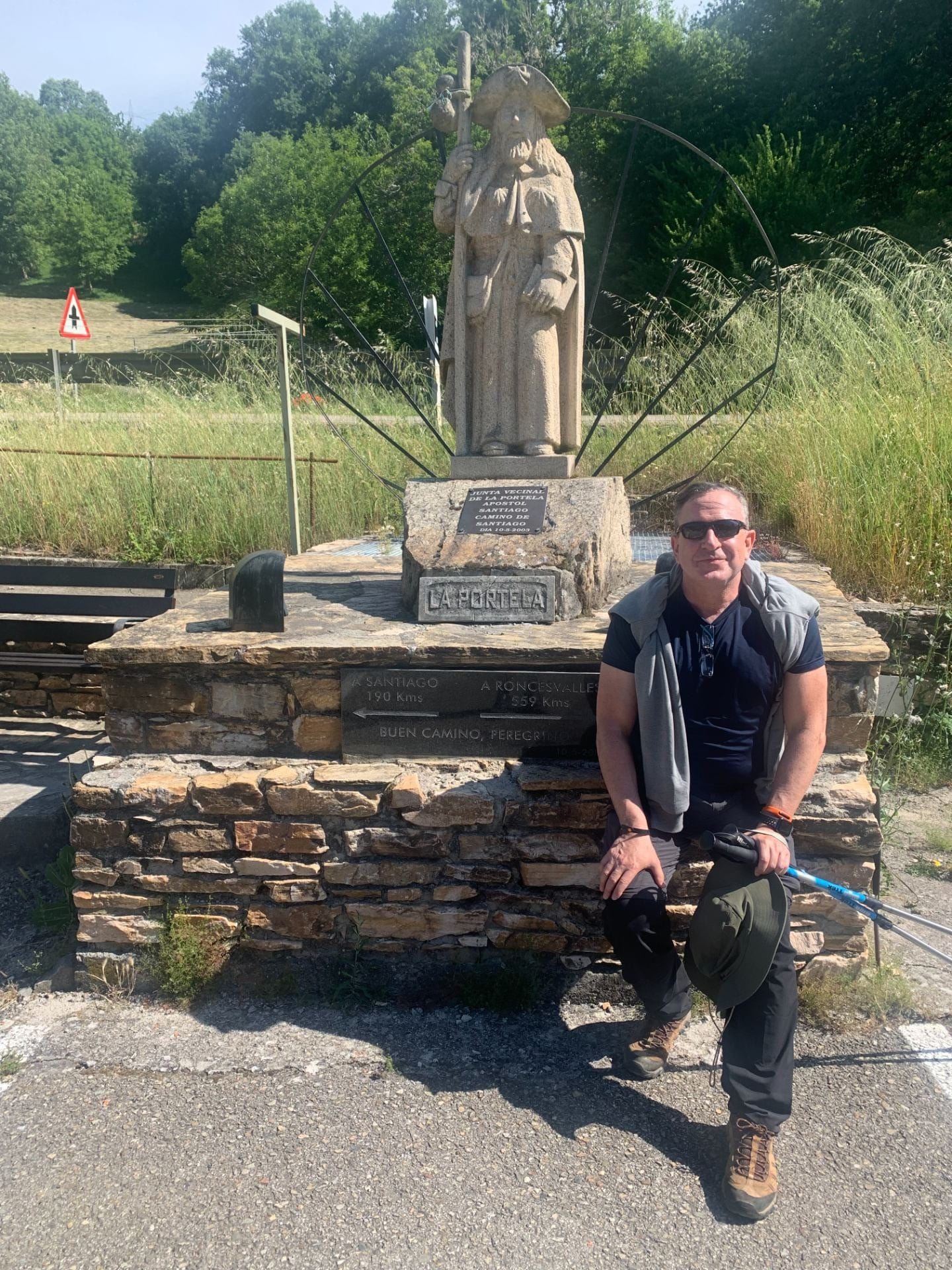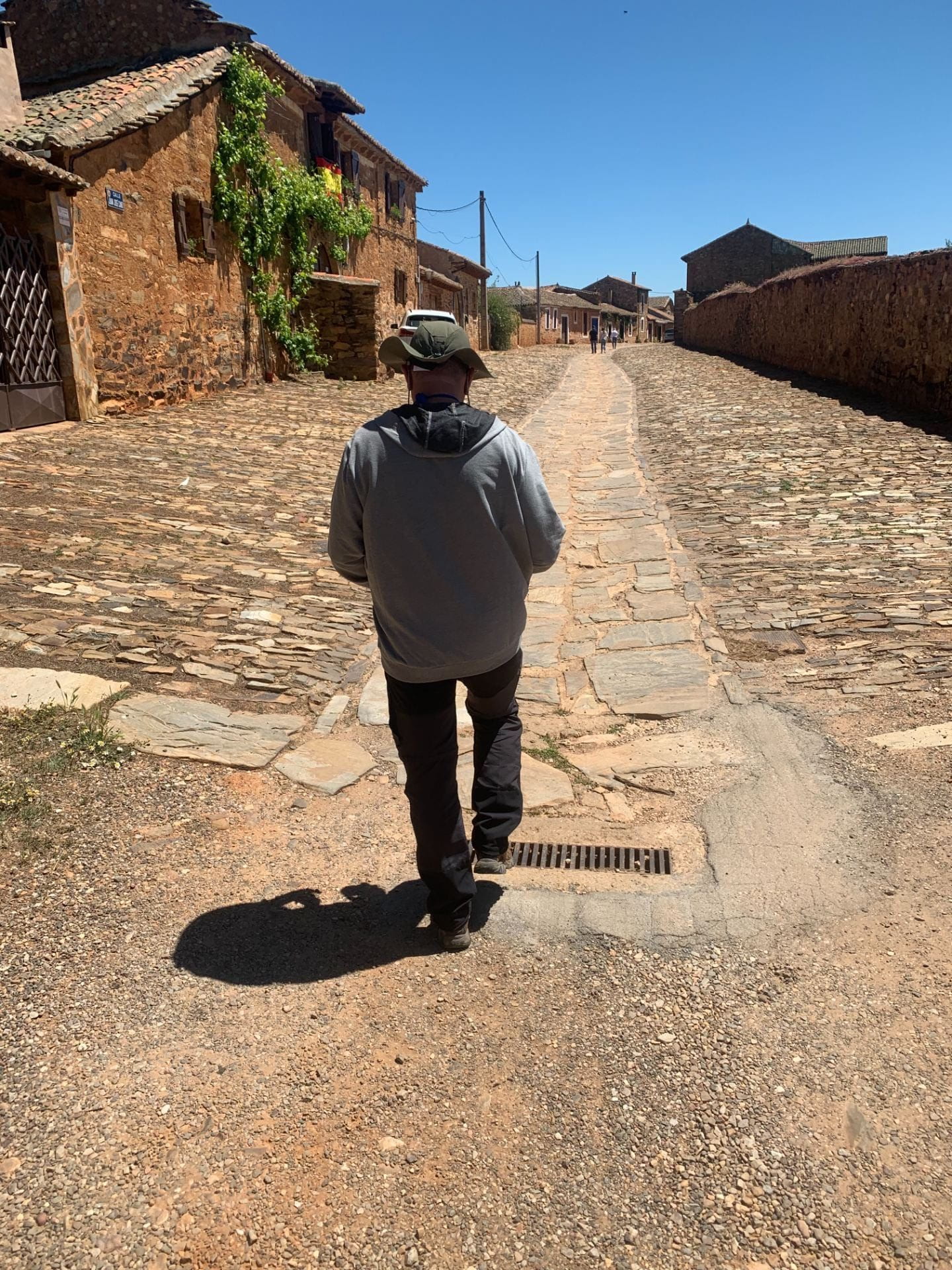By Prof. Andrés Villagrá
Mi camino de Santiago

Over the last 1,300 years, the “Way” has been expanding its “reach” as it has gained popularity. New friends I met along the Camino started their walk in Puglia, a region in the South of Italy. Some others came from Switzerland, some from France. They had been walking for a month when I first met them, and we became instant friends. We spoke Spanish, French, Italian, English, and Esperanto. The strangers you meet on ‘the Way” are eager to share their satisfaction, pride, pains, and above all, laughter with you.
Contemporary pilgrimage can take many forms. Some religious mandates are rigorous, while others are laxer. In modern times, some people may walk for months; some may make shorter trips. Group bicycle riding is increasingly popular, and inexpensive transportation services carry your backpack or luggage for a modest price. People prefer to stay in “albergues” or “hostels” where homecooked meals and large shared sleeping rooms are the most enjoyable experience during the walk. In “El Camino,” you may meet friends that may last during a lifetime.
Will I do it again? When you spend 6 to 8 hours walking daily, you become “addicted” to the walking and the adventure of a new day, new friends, new places. Next June, I plan to start my trip in Porto, Portugal, and continue along the Atlantic coast to reach Santiago de Compostela and beyond. Are you ready?

